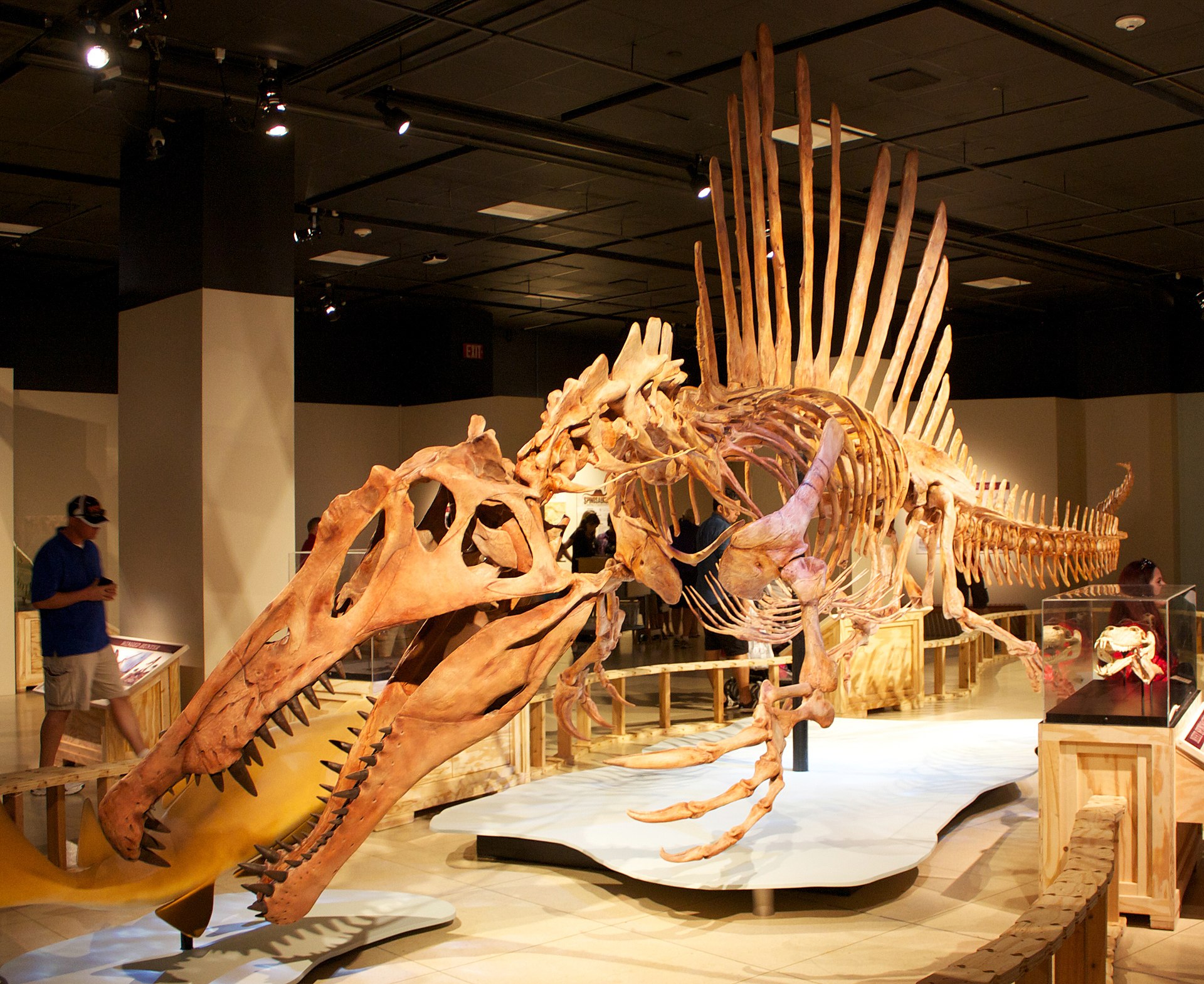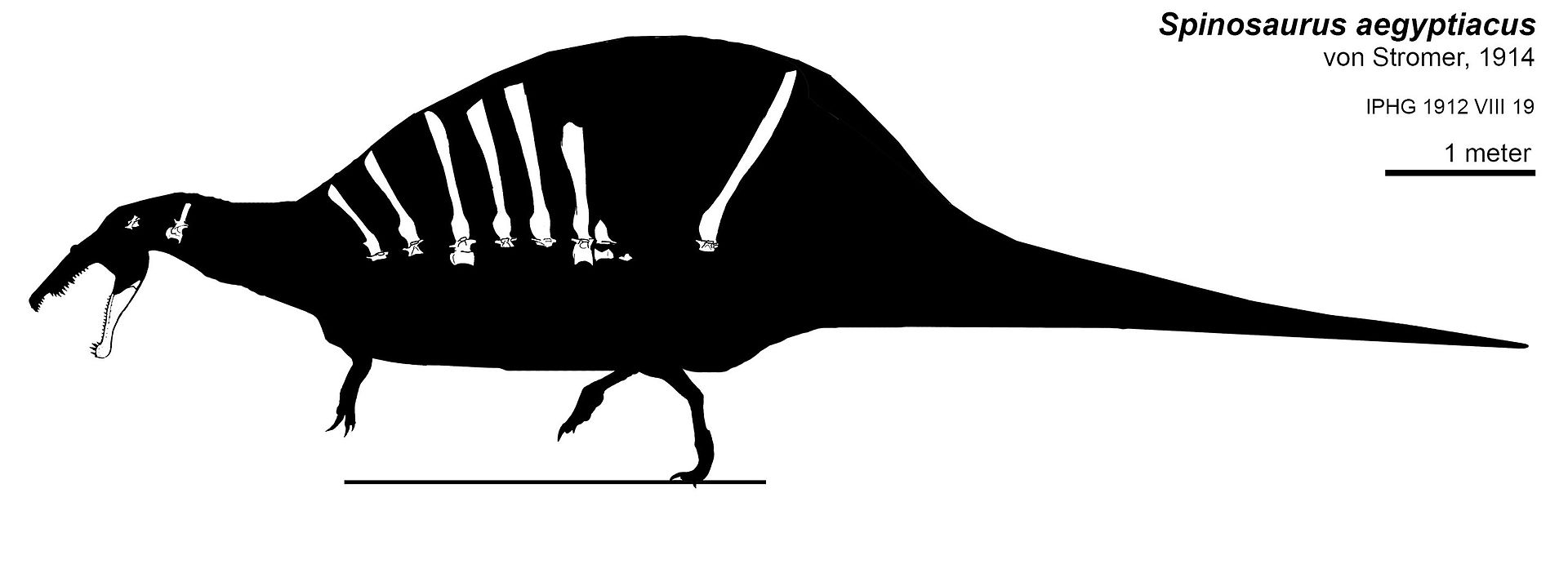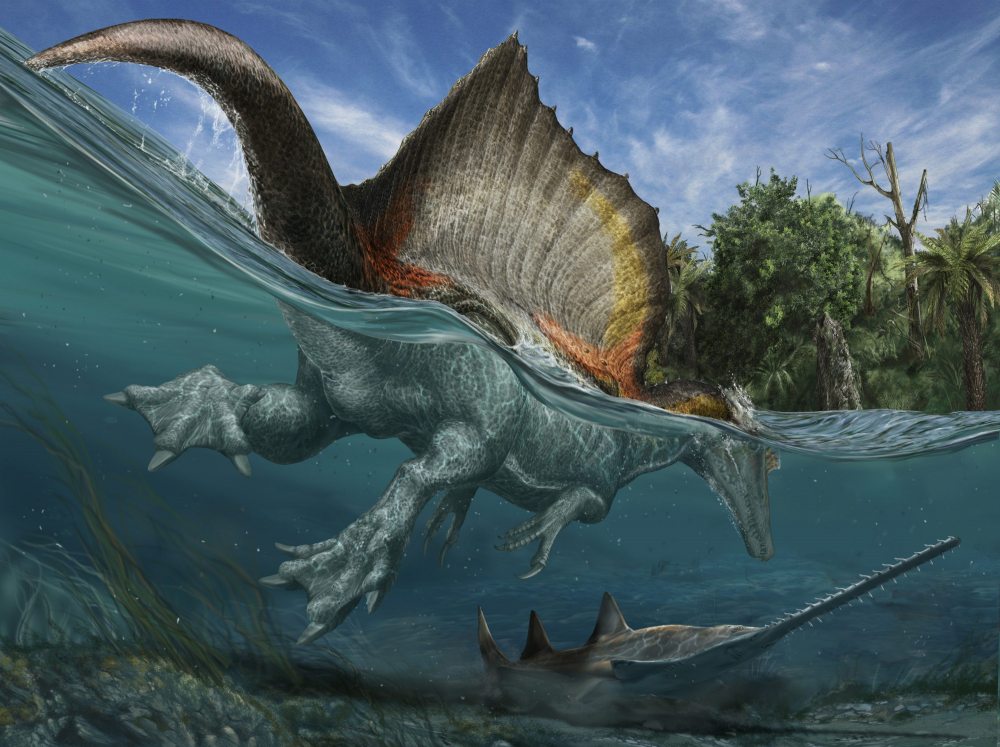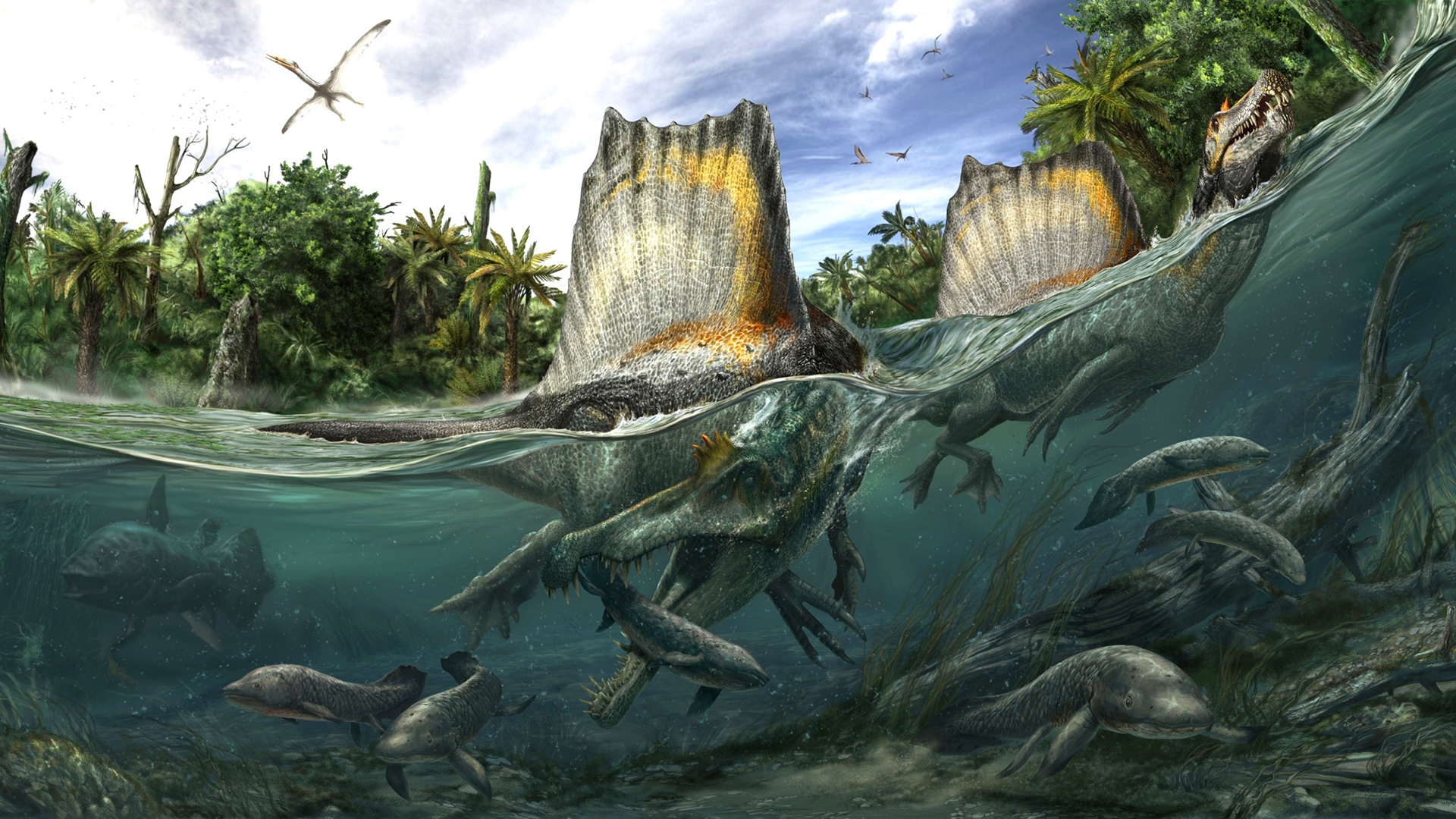Days till:
It is: 10 days till Martin Luther King Jr. Day
It is: 24 days till Groundhog's Day
It is: 36 days till St. Valentine's Day
It is: 36 days till St. Valentine's Day
In the Spotlight:
OK, there's not much on Jurassic World or any other movies I've been following this past week, but according to Mercedes-Benz, their company will be not only supporting Jurassic World the movie, but their all-new Mercedes-Benz GLE Coupé will also be in the film! Just check out the pictures below:
In other news, jurassicworld.org states that they believe the movie's hybrid dinosaur will not be named "Diabolus rex", as most have thought; instead, it seems to have the name of Indominus rex, or "I. rex". With a name like that, I'm not sure I'd like to meet this "I. rex" in person, especially since I probably wouldn't live long enough to tell about it!
 |
| Director Colin Trevorrow (the guy on the right) is looking at the Mercedes-Benz GLE Coupé next to the enclosure for Indominus rex (aka Diabolus rex)! |
 |
| Mercedes-Benz GLE Coupé will be on Isla Nublar, but you're unlikely to find it in the Jurassic World gift shop. |
 |
| The Mercedes-Benz GLE Coupé will not be one of the vehicles tourists to Jurassic World will ride. It seems to belong to Claire, the park operations manager. |
Topic of the Week by Christian Ryan
 |
| Even since I published my article about how our perception of Spinosaurus has changed over the years, I had no idea it was about to change...again! |
 |
| The white bones are the only fossils Stromer discovered from Spinosaurus. No wonder we were dead wrong when it came to knowing what this animal was like in life. |
This new chapter to Spinosaurus' story started with
paleontologist Nizar Ibrahim. It had been a burning desire of his to find more Spinosaurus
fossils to help paleontologists all over the world learn more about this
incredible dinosaur. In 2009, he ran into a fossil collector in Morocco who had
discovered some small Spinosaurus fossils. Ibrahim was intrigued by the
fossils he saw. Later on, Ibrahim recognized these same fossils when they were
found in a museum basement of a museum in Milan.
 |
| We thought we knew everything about Spinosaurus, the largest predator ever to walk the earth. |
 |
| Baryonyx was just one of Spinosaurus' relatives used to recreate what Spinosaurus actually looked like. |
Up until 2013 and 2014, scientists were sure that, like its
relatives such as Suchomimus and Baryonyx, Spinosaurus was
a bipedal carnivore that terrorized the ancient North African swamps, eating
anything from other dinosaurs, to fish, judging by the shape of its claws and
teeth. It had a long, crocodile-like jaw, sharp claws on its hands and a row of
tall dorsal spines that formed a sail in life. However, the recent discovery
revealed that this dinosaur was much more bizarre than we initially believed.
The study re-confirmed what we already knew: that at 50-59 feet
long and weighing 7-20 tons, Spinosaurus was the largest terrestrial
predator of all time. But it also revealed several new things about this
dinosaur. Starting at the head, Spinosaurus possessed nostrils located
midway up the snout, rather than at the end like most other dinosaurs. CAT
scans on this carnivore's skull revealed that it had nerve and blood channels
running through its snout that could likely detect pressure changes in water.
This dinosaur also had a long neck and tail. Its legs came as a complete
surprise. Considering this dinosaur was an enormous predator, it is easy to
assume that it stood upon two strong back legs like its relatives. That's not
what Ibrahim and his team found out! The fossil legs of Spinosaurus were
rather short, telling the scientists that it really couldn't have walked on its
hind legs like other members of the spinosaur family because it was too top
heavy. This was the first known quadrupedal (four-legged) dinosaur. But that's
not the only thing the scientists noticed about its limbs. Dinosaur arm and leg
bones – almost by definition – have a marrow cavity. In other words, they're
hollow like the bones of modern birds. Upon closer inspection of Spinosaurus
leg and arm bones however, Ibrahim and the other scientists studying the
specimen realized that this dinosaur's bones were not hollow – they
pretty much solid bone. The reason why most dinosaurs had hollow bones was so
that they could have a strong and lightweight skeleton at the same time. Spinosaurus'
skeleton was not lightweight, making it seem like this dinosaur wanted
to be heavy. Now the scientists studying this animal's bones realized that
virtually solid bones are known in animals today that have one thing in common:
they're swimmers.
All the evidence seems to point to Spinosaurus being a
semi-aquatic dinosaur – the first known in the history of paleontology. Now
other semi-aquatic dinosaurs have been proposed in the past, such as
hadrosaurs, or duck-billed dinosaurs, and long-necked sauropods, but these dinosaurs'
bodies were not designed for a watery lifestyle. Spinosaurus was. It
would have terrorized pre-Flood North African lakes, rivers, ponds, marshes and
swamps. Here, it was pharaoh of its domain. Its long crocodile-like snout and
meat-hook-like claws would have been used to snag fish, crocodiles and other
aquatic animals in the water. It used its legs and long tail to help it move
swiftly through the water. Its feet were broad, like many creatures that have
webbed feet for swimming today, suggesting Spinosaurus also had webbed
feet.
 |
| Paleontologists now believe Spinosaurus was a semi-aquatic, egg-laying reptile of action...hm, almost like Perry the Platypus! I wonder if there were any dinosaur secret agents in the past... (PHOTO CREDTS) |
I'm sure by now you've noticed the seven-foot sail on Spinosaurus
back. Ever since the days of Stromer, scientists have pondered over its use,
and we still aren't sure. Theories abound, but it was only recently that
scientists were able to use CAT scans to look inside the spines that make up Spinosaurus'
sail. Thanks to CAT scans, we know several blood vessels ran through the
spines. This makes some suggest that this dinosaur used its sail for
temperature regulation, like the ears of an African elephant. Blood would have
cooled faster in Spinosaurus' sail, meaning that after the blood flowed
out of the sail and throughout the rest of the body, the body would cool as a
result. Another theory is that it used the sail for display, perhaps to attract
potential mates and scare off rival Spinosaurus, or even rival
predators. Imagine how imposing a 50-foot animal swimming with a colorful sail
sticking out of the water like a shark's fin would be.
 |
| Spinosaurus was far larger (in terms of mass and length) than any other theropod, including Carcharodontosaurus (left), Tyrannosaurus (center) and its relative Baryonyx (right). (PHOTO CREDITS) |
Knowing that Spinosaurus was probably semi-aquatic
also relieves scientists of a long-asked question: you see, North Africa
featured several predators during days before the Genesis Flood that is
described in the Bible. One of these predators was Carcharodontosaurus,
a T. rex-sized carnosaur that lived in this region. Now if Spinosaurus
and Carcharodontosaurus ate the same types of food, they would have
competed frequently for resources, as there were relatively few herbivorous
dinosaurs to choose from. However, as Spinosaurus was primarily a
fish-eater, it and Carcharodontosaurus would not have had to compete for
food very often.
One of Spinosaurus prey items was a large fish called Onchopristis,
a giant sawfish. Like modern sawfish, Onchopristis had a long snout
edged with jagged, sharp teeth called denticles. As I have discussed before, we
know Spinosaurus hunted this fish because we've found Onchopristis
denticles embedded in Spinosaurus jawbones and we've found Spinosaurus
teeth jammed in the bones of Onchopristis. This sawfish would have been
a dangerous fish for Spinosaurus to catch, but this is why it bore sharp
teeth and wicked claws.
Paleontology never ceases to fascinate me as a young dinosaur
enthusiast. Just when we think we know everything about a particular dinosaur,
a new fossil discovery comes along, takes what we knew about the dinosaur and
turns it upside down. Spinosaurus is definitely one of those dinosaurs!
From a terrestrial sail-backed cousin of Allosaurus, this dinosaur
“evolved” into a ferocious, semi-aquatic, apex
predator of the water. It must have been an amazing dinosaur to see
alive. 2015 is undoubtedly going to be full of new scientific discoveries that
will continue to change our perception of these glorious creatures God created.
 |
| A pair of Spinosaurus catching fish in the river. (PHOTO CREDITS) |
Disclaimer: Many (or in some cases all) of
the photographs and images above are not mine. If you own one or more of them
and would like them to be removed, politely let me know via one or both of the
email addresses above.



Nice
ReplyDelete